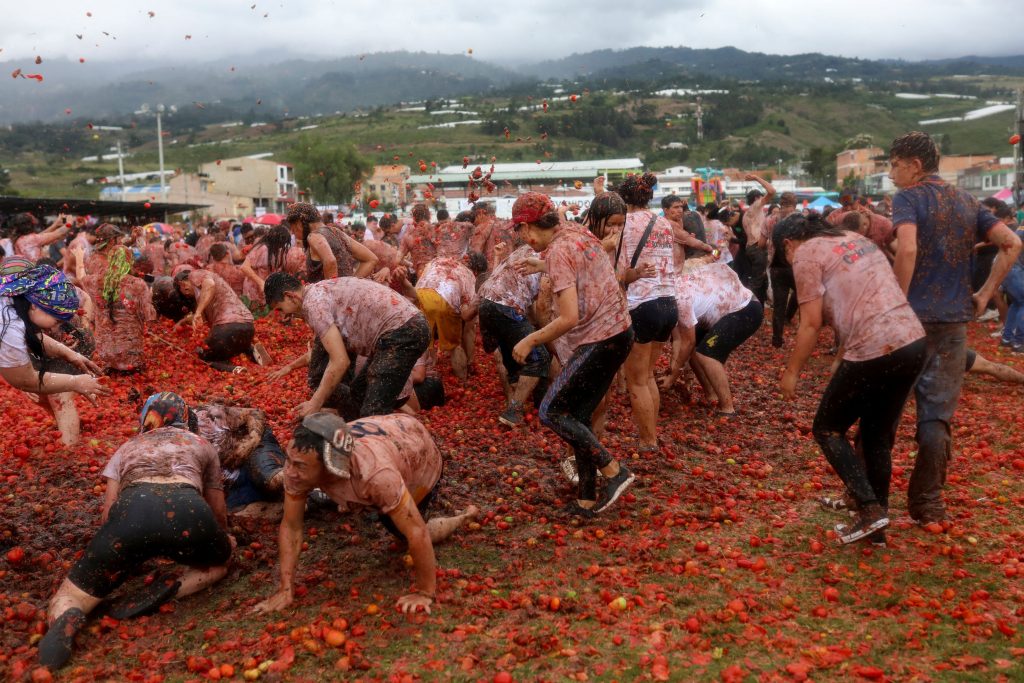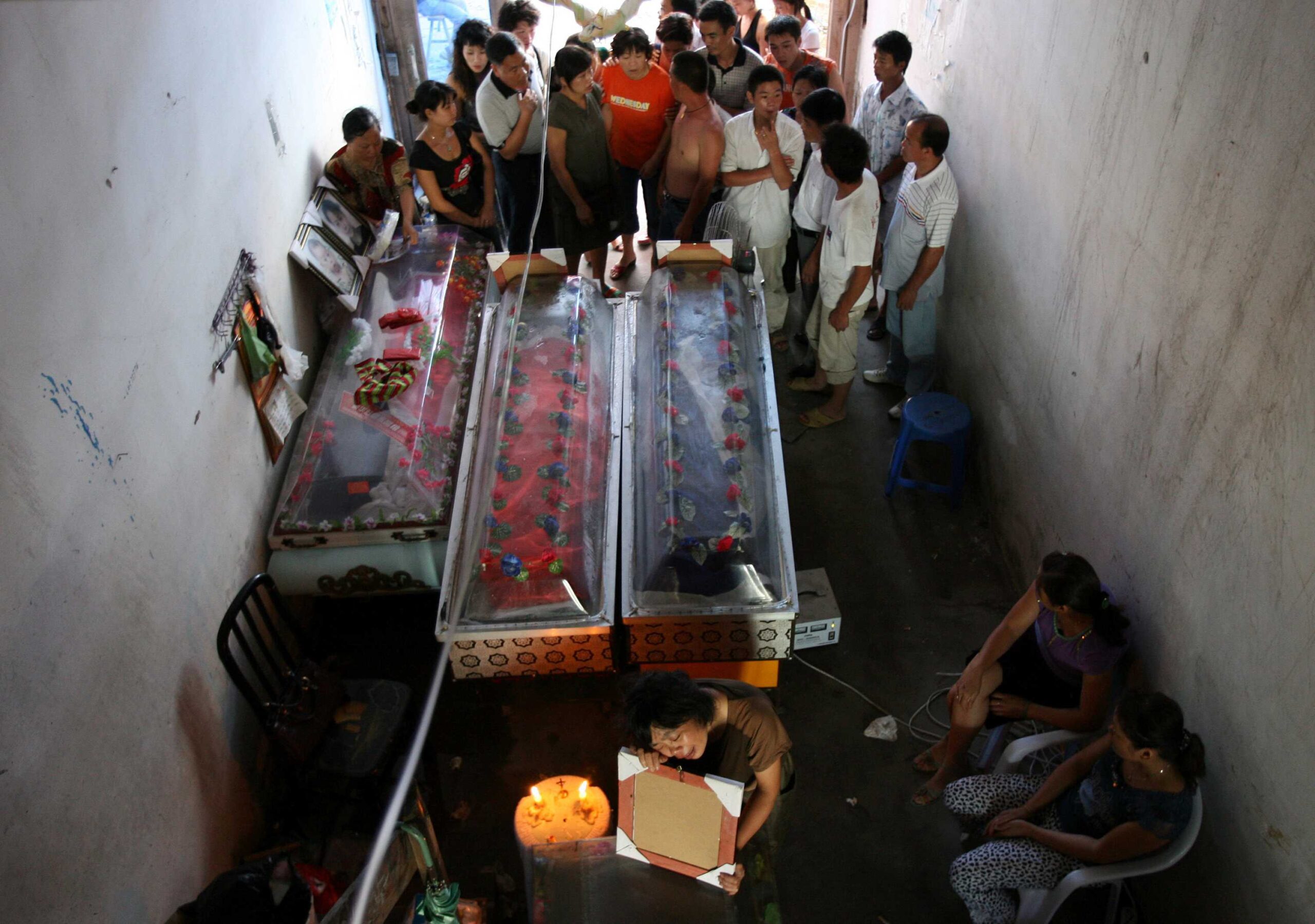Now Reading: Colombia’s Tomato-Throwing Festival: A Battle of Fun and Tradition
-
01
Colombia’s Tomato-Throwing Festival: A Battle of Fun and Tradition
Colombia’s Tomato-Throwing Festival: A Battle of Fun and Tradition

In Colombia’s small town of Sutamarchán, residents and visitors come together each year for a rather unusual celebration—throwing tomatoes at one another. Known as the Tomatina de Sutamarchán, the festival transforms the streets into a sea of red, where thousands of people take part in a playful food fight. While Spain’s La Tomatina is more famous worldwide, Colombia has carved out its own version, giving the event a distinct cultural flavor.
How It Began
The festival started in the early 2000s, inspired partly by Spain’s tradition, but it quickly became rooted in local culture. Sutamarchán is known for tomato farming, and the event emerged as a way to use surplus produce that wasn’t suitable for sale. What began as a local gathering has now grown into a vibrant annual festival that attracts both Colombians and international visitors.
More Than Just a Food Fight
Beyond the fun, the tomato-throwing carries social and cultural meaning. It is a space where people shed everyday worries and come together in a spirit of equality—everyone, no matter their background, gets splattered with tomatoes. The festival also provides a boost to the local economy, with hotels, eateries, and shops seeing increased business during the celebrations.
A Lesson for Indian Cities
For smaller towns in India that rely on agriculture, the Colombian festival offers an interesting example. Communities here often face issues with surplus crops going to waste. Converting excess produce into cultural events or fairs could not only prevent wastage but also strengthen tourism and local identity. Tier 2 cities, in particular, could benefit from such creative approaches to highlight their unique agricultural heritage.
A Celebration of Joy
At its core, Colombia’s tomato-throwing festival is about joy, community, and turning everyday challenges into something memorable. What looks like chaos on the streets is, in fact, a celebration of togetherness and resilience—values that resonate across cultures and borders.

























